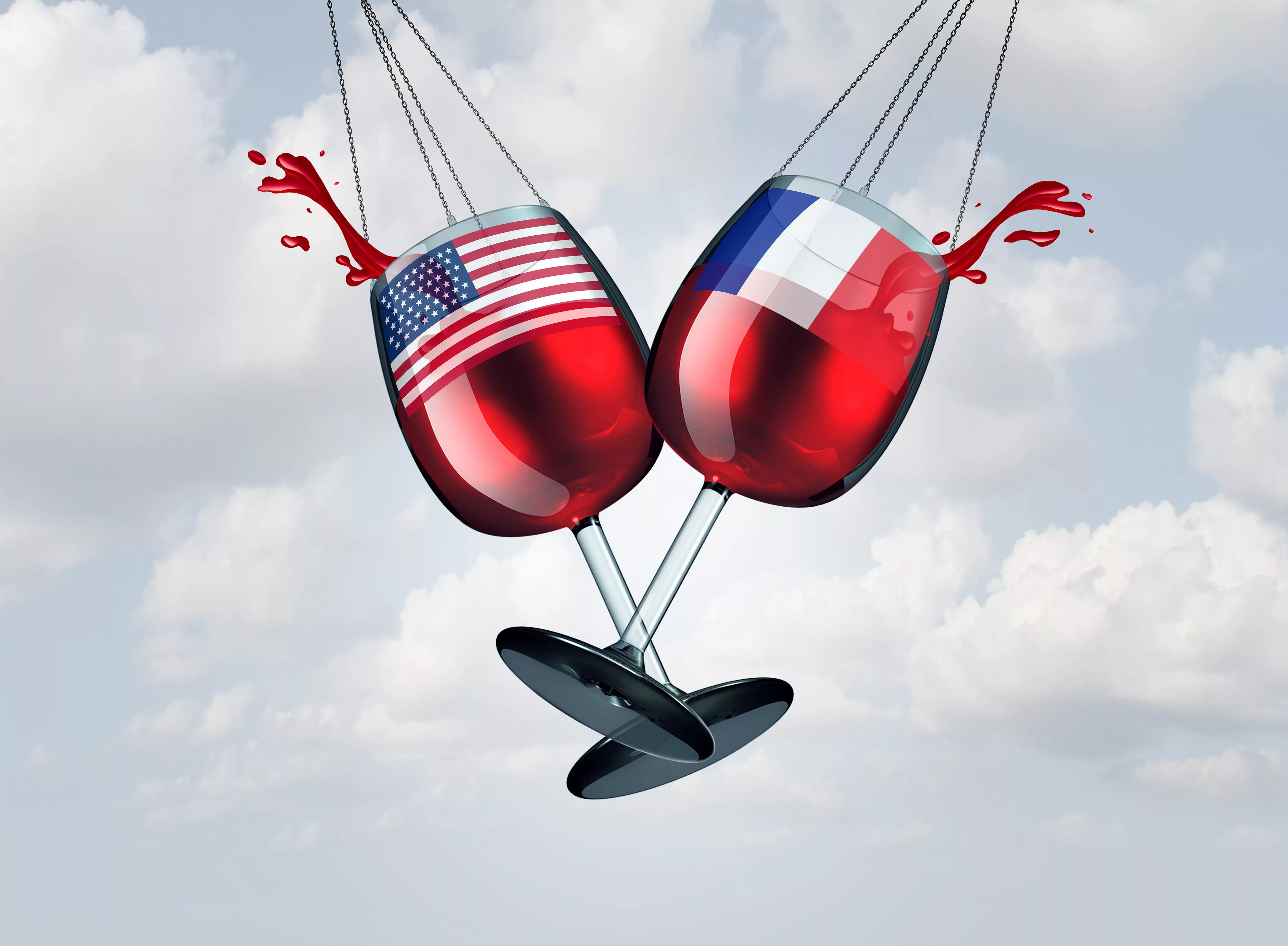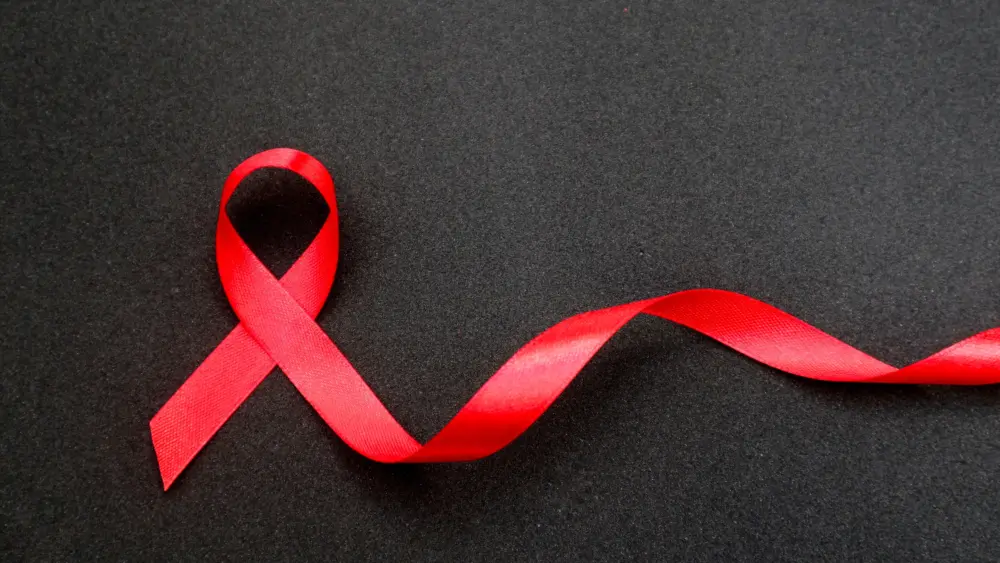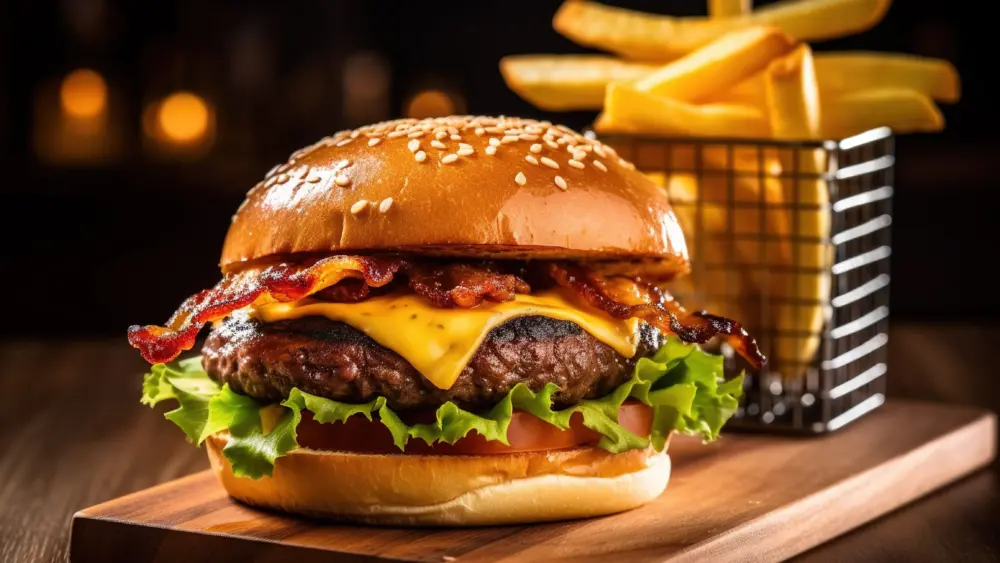
With Super Bowl season upon us and bets at the ready or already collected, the real will-they-or-won’t-they moments in wine regions around the globe is centered more squarely on whether or not consumers, makers and merchants will get the squeeze with the tariffs on foreign goods that were bandied about two days after President Trump won a second term. The optimistic in our grape-strewn land hope that exceptions might be made for imported wines, while the leery fear an already strapped industry will be further taxed (see how I did that). If we conjure memories from Trump 1.0, we saw a 25% tariff placed on all wines from France, Spain and Germany with talk of a 100% tariff on European sparkling wine, which thankfully never materialized, thus sparing my monthly moms Wine/Whine hour from going into overdrive.
When tariffs were imposed in 2019, wine merchants and groups in the biz joined the U.S. Wine Trade Alliance (USWTA) to lobby the government for change and to heighten awareness on the impact of said tariffs on American companies. Research conducted by USWTA revealed that every bottle of European wine sold in the United States generated $4.50 in revenue for American businesses. This election cycle, USWTA and other industry-led orgs once again lobbied Washington types in a frenzy over the potential backlash that could follow the new era of tariffs which could further tax (see how I did that again) wineries with added costs on supplies like corks, bottles and barrels, which often come from overseas, with even more implications if the threat of stricter penalties on goods from China materialize.
Then there’s the inevitable trickledown effect. When the importer pays the government piper, costs will inevitably be passed to the distributor who will hand them off to retailers who in turn will toss them down to consumers. Some of which, will no longer find it as palatable to sip and swirl to the extremes we saw during the pandemic, which was the last time the country faced such tariffs. But, in an attempt to honor my 2025 New Year’s resolution, I’m going to try and silver line it—soon enough the will-they-or-won’t-they fate of my beloved French bubbly will soon be cast, which will have my Champagne flutes overflowing or leave them bone dry, when tariff street talk goes from potential deal to real.
Tricky tourism
In other hot topics—and suffering from its own breed of controversy—the taxpayer-funded Napa Valley Tourism Improvement District will live on for another decade. The district was established in 2010 to fund tourism marketing via a 2% assessment on local hotel rooms, which in our Napa Valley world, translates into $11 million annually. Unlike the transient occupancy tax (TOT), which comes out of the pocket of tourists, the 2% “assessment” earns the distinction due to the fact the fee is managed by a private-sector agreement. This delineation is an important one, and also explains how things turned sticky last year when the private company, Visit Napa Valley’s (VNV) leadership, was called into question. To understand the significance, it’s meaningful to unpack the dynamics at play. Napa Valley Tourism Corporation (which operates the district) hired VNV to handle day-to-day tourism marketing, the sticky point being that a hefty chunk of the “assessment,” (we’re talking $8.7 million a year), goes right back to VNV, which aside from outside grant and donor monies, is funded by the district.
Nonetheless and somewhat surprising to this scribe, the Napa County Board of Supervisors decided to renew the district, though with stipulations including recommendations to form an ad-hoc governance committee, making updates to the bylaws to evaluate potential conflicts of interest, better transparency over how assessment revenues are spent, and farming out administrative functions (which, ahem, had been handled by VNV) to an independent contractor. The new management plan for the district, which goes into affect this June, allows for two assessment increases over the 10-year term, up to a maximum total assessment of 3%.
Despite all the controversy over tariffs and tourism, I rose above and raised my glass with greater frequency last month thanks to a modified Napa Neighbors deal. The program, from the Napa Valley Vintners, which was once reserved for our region alone, opened up the discount gates to the entire state, offering California residents special perks, including upgraded experiences, preferred pricing, and comp and two-for-one tastings at more than 75 participating wineries. This welcome change allowed me to reconnect with SoCal friends who hadn’t stepped foot on Napa Valley soil for years, always balking at steep prices and reminiscing about the glory days when free tastings and walk-ins were welcome.
In true silver lining fashion, my friends and I even managed to steer clear of sticky conversations in all the infinite forms, which was another reason to clink and drink with domestic and international wines at the ready—for now.
Author
-

Christina Julian left Los Angeles and a career in advertising to sip and swirl for a living in Napa Valley, where she vowed to make wine and the discussions around it, more approachable. She’s covered everything from arts and entertainment to travel and leisure but remains true to her own words as a wine and food writer for The Infatuation. NorthBay Biz was one of the first regional publications she wrote for when she landed here more than a decade ago, and she’s never looked back. Learn more at christinajulian.com.
View all posts



